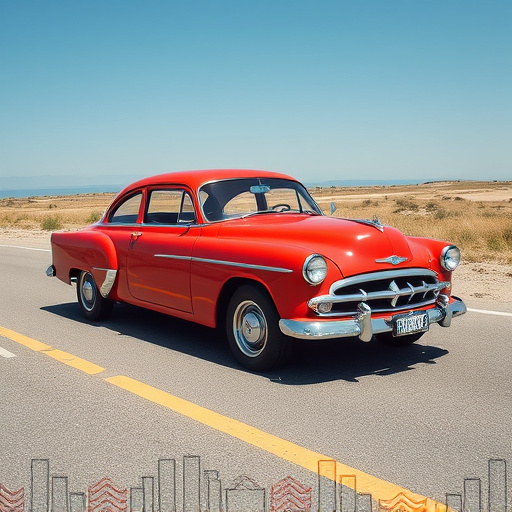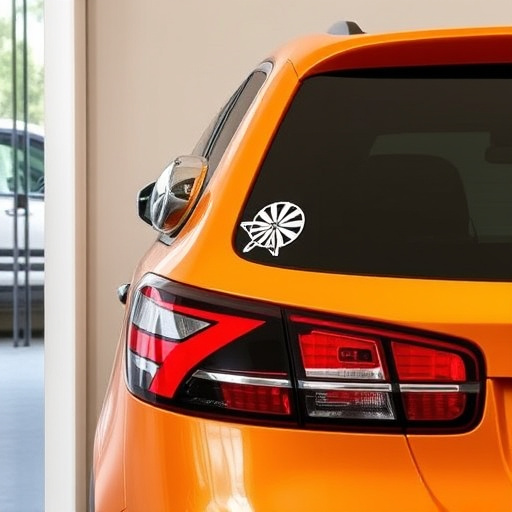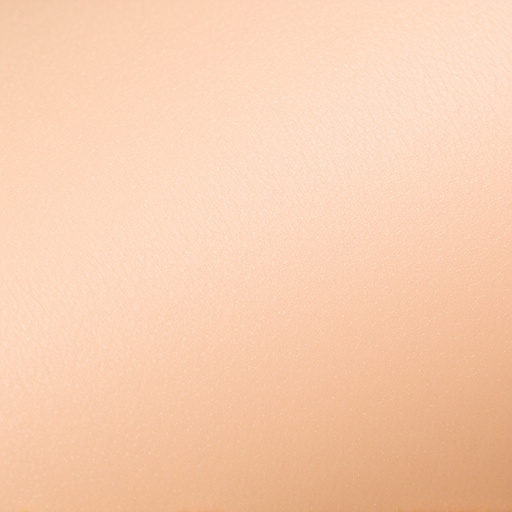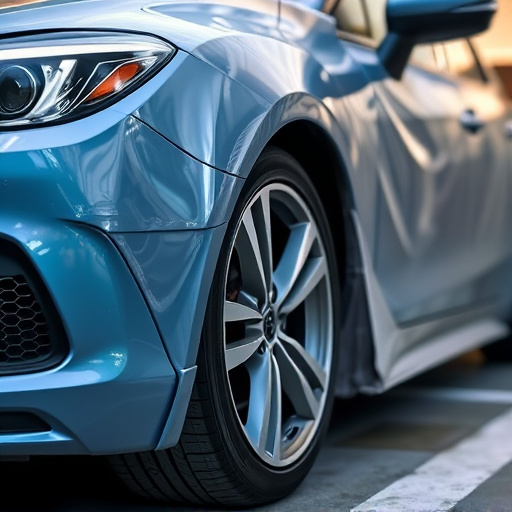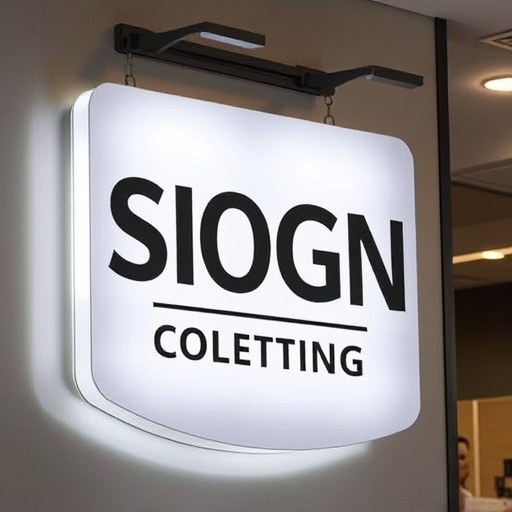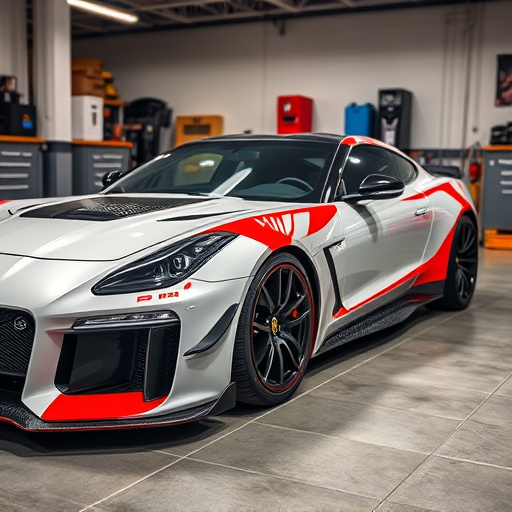Sustainable brochure design printing involves choosing recycled papers, vegetable-based inks to minimize environmental impact, and digital distribution to reduce waste. This eco-conscious approach, coupled with innovative techniques like UV coatings, appeals to environmentally aware consumers while enhancing marketing materials for automotive services through vibrant imagery and minimal text.
In today’s eco-conscious world, choosing sustainable options for brochure design printing is not just a trend but a responsibility. This article explores green alternatives that cater to both environmental and aesthetic concerns. From selecting recyclable paper to adopting eco-friendly printing techniques and minimizing distribution waste, we provide insights to guide businesses in making informed decisions. Discover how these practices contribute to a greener future without compromising on the quality of your brochure design printing.
- Sustainable Paper Choices for Brochures
- Eco-Conscious Printing Techniques
- Minimizing Waste in Brochure Distribution
Sustainable Paper Choices for Brochures

When considering eco-friendly options for brochure design printing, one of the most significant changes you can make is switching to sustainable paper choices. Traditional papers often contribute to deforestation and environmental degradation due to chemical treatments and processing methods. Thankfully, many suppliers now offer recycled and certified environmentally friendly papers that reduce this impact. These papers not only help conserve resources but also provide an excellent opportunity for designers to showcase their creativity with unique textures and colors naturally derived from sustainable sources.
In the context of brochure design printing, exploring options like uncoated recycled paper or using vegetable-based inks can significantly lower a product’s carbon footprint. Additionally, these choices align well with other eco-friendly practices such as window tinting or ceramic coating in automotive applications, where professionals are increasingly adopting greener methods to serve environmentally conscious customers. For instance, ceramic window tinting not only enhances vehicle aesthetics but also contributes to energy efficiency and reduced environmental impact, mirroring the values promoted by using sustainable paper for brochure design printing.
Eco-Conscious Printing Techniques

In the realm of brochure design printing, eco-conscious techniques are revolutionizing how we produce marketing materials. One such method is using vegetable-based inks, which offer a sustainable alternative to traditional petroleum-based dyes. These eco-friendly inks not only reduce environmental impact but also ensure vibrant colors and crisp details, making them ideal for eye-catching brochures. Additionally, many printers now incorporate recycled papers into their processes, further minimizing waste and promoting sustainability.
Another innovative approach in brochure design printing is the adoption of digital printing technologies. Unlike offset printing, digital printing allows for on-demand production, reducing the need for large print runs and subsequent waste. This method also enables the use of UV protection coatings, which not only enhance the durability of brochures but also serve as a barrier against environmental pollutants, including vehicle wraps and vinyl wraps, ensuring the longevity of printed materials while keeping them safe from damaging elements.
Minimizing Waste in Brochure Distribution
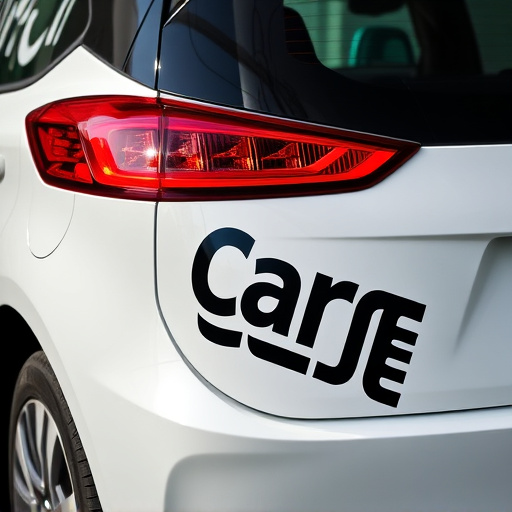
In today’s eco-conscious world, minimizing waste is a key consideration when it comes to brochure design printing. One effective strategy is to adopt digital distribution methods whenever possible. Instead of printing numerous physical brochures, businesses can utilize online platforms and email campaigns to reach their target audience. This reduces paper usage and the environmental impact associated with printing and transportation. By transitioning to digital, companies can significantly cut down on waste, especially when combined with targeted marketing strategies that ensure content reaches the right people.
Additionally, when physical brochures are necessary, using recycled paper and sustainable printing practices makes a substantial difference. Many printing services now offer eco-friendly options, including vegetable-based inks and papers made from post-consumer waste. These choices not only minimize deforestation but also reduce the carbon footprint of brochure design printing. Furthermore, designing brochures with minimal text and vibrant imagery can be both aesthetically pleasing and environmentally friendly, ensuring that marketing materials are as sustainable as they are effective in promoting automotive detailing, car customization, or vehicle protection services.
When it comes to brochure design printing, eco-friendly options are not just a trend but a responsibility. By choosing sustainable paper, adopting eco-conscious printing techniques, and minimizing waste in distribution, we can reduce our environmental footprint without compromising quality. Let these practices serve as a guide for businesses aiming to create impactful and earth-friendly marketing materials, ensuring a greener future for both the industry and the planet.


